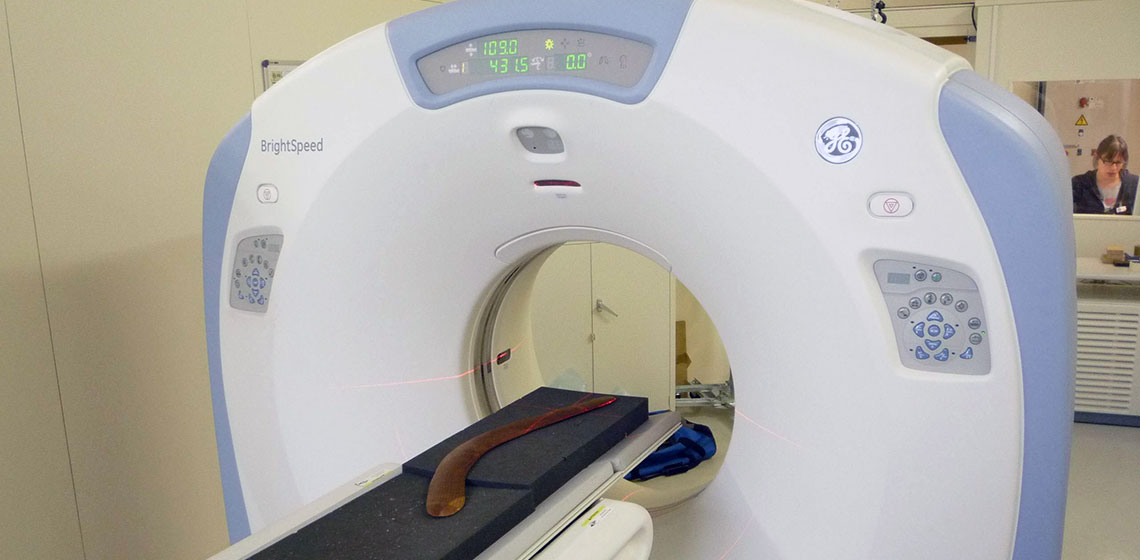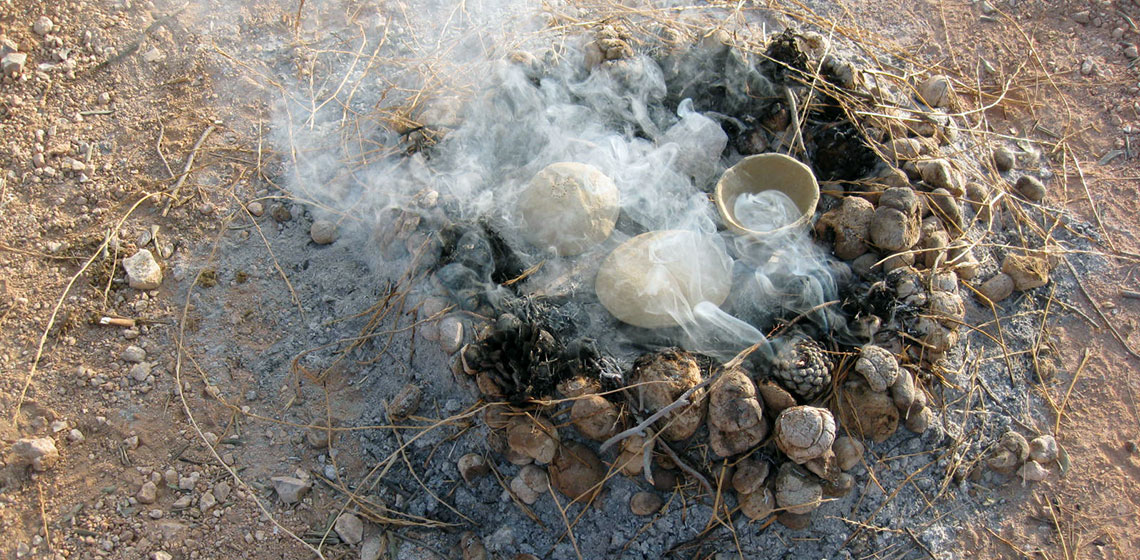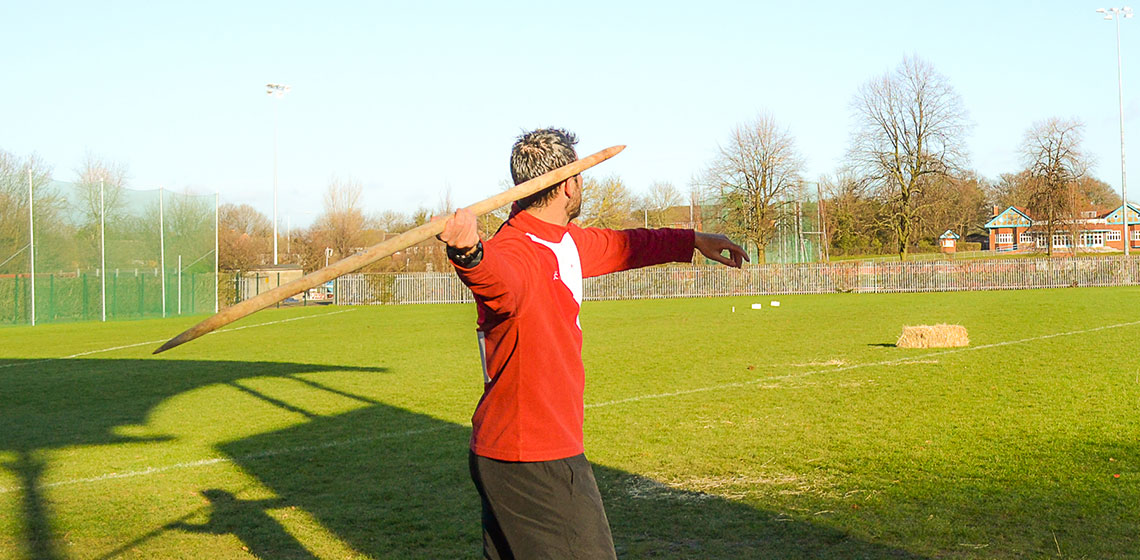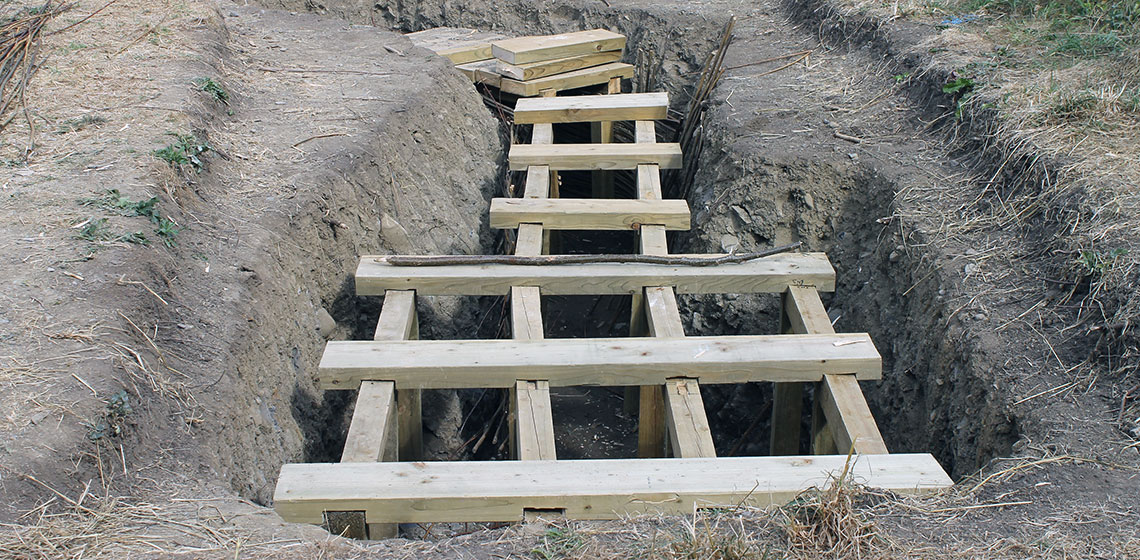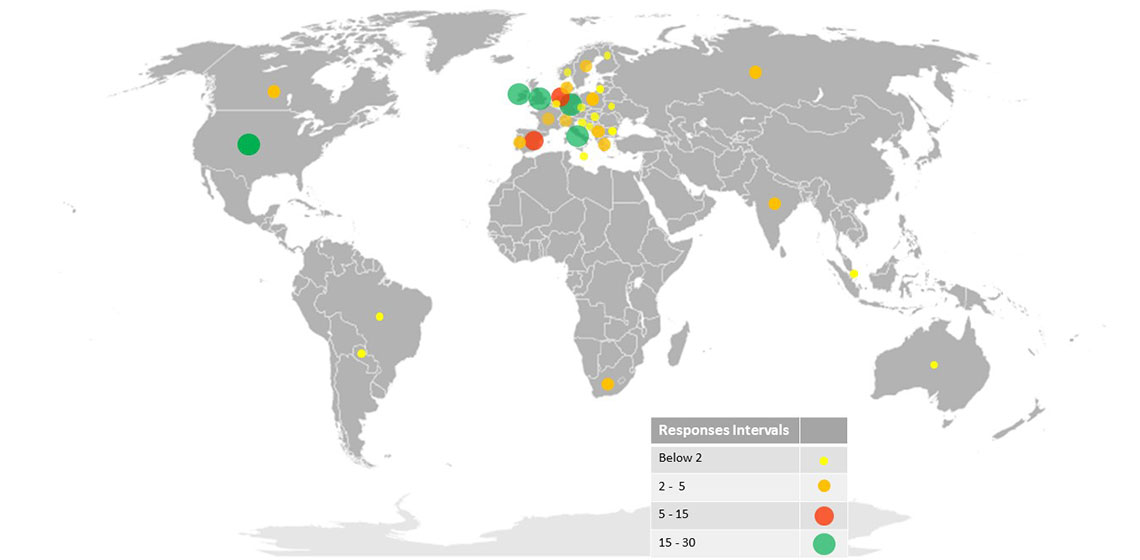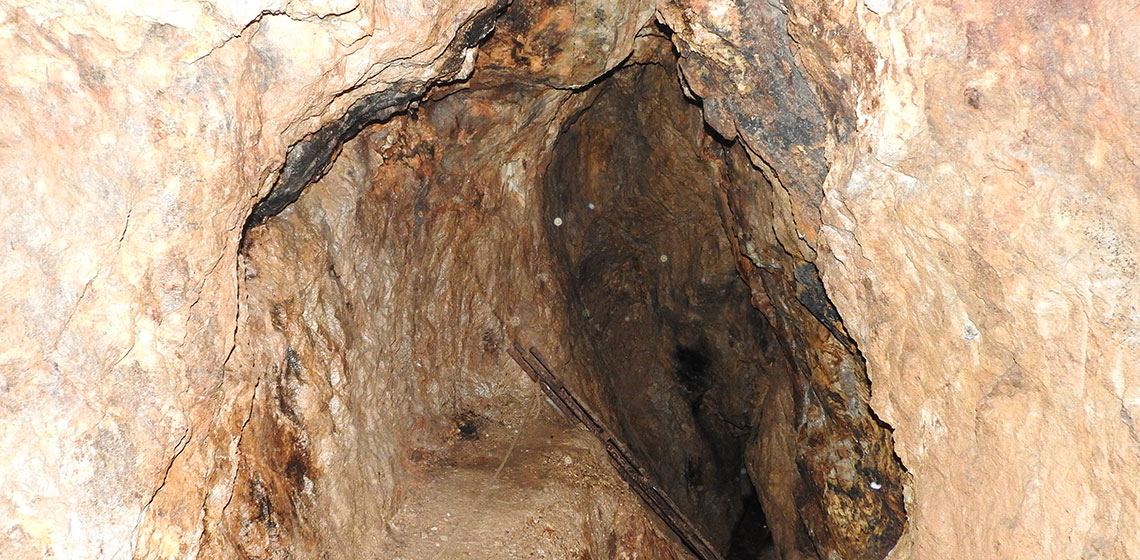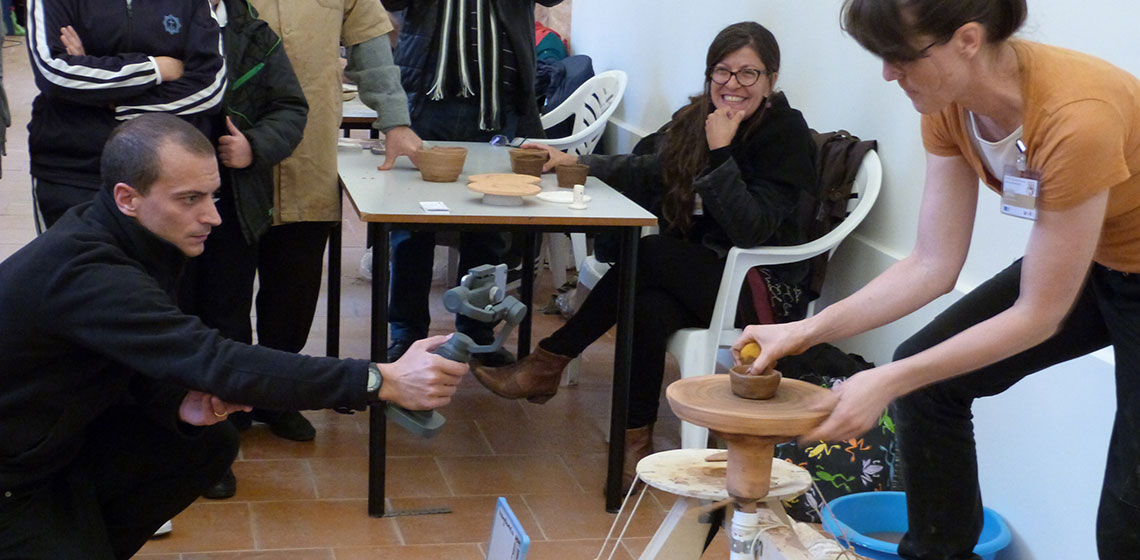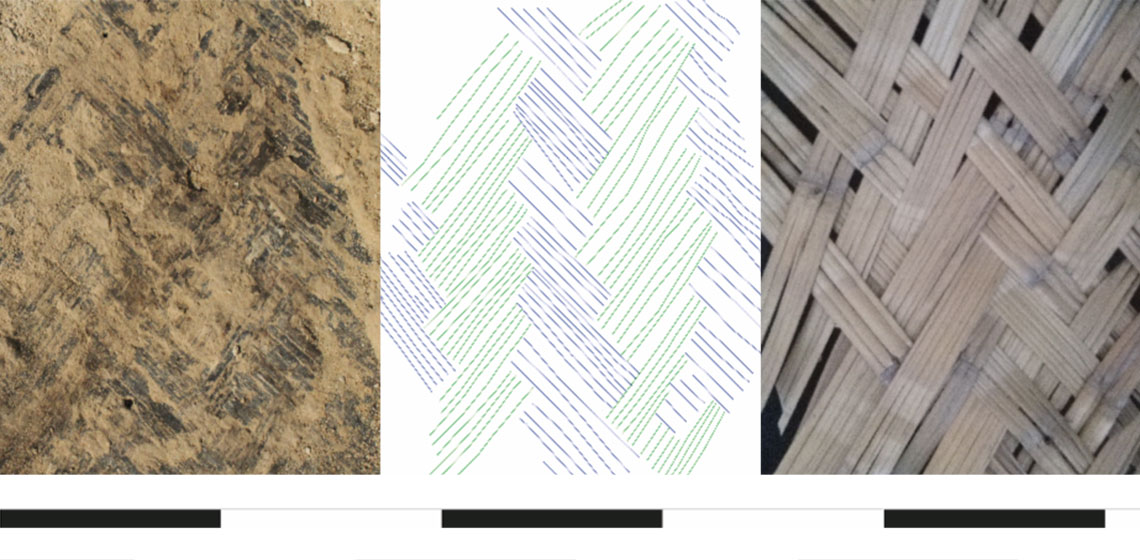X-Ray Tomography and Infrared Spectrometry for the Analysis of Throwing Sticks & Boomerangs
In 2009, confronted to the study of throwing sticks collections from several museums and private collections (including more than three hundreds artefacts) and the need to evaluate their aerodynamic and functions, I developed a throwing stick classification and a methodology to measure their characteristics (Bordes, 2014). This approach is complementary to the gathering of ethnographic or archaeological contextual data to confirm or invalidate hypotheses about theirs functions.

